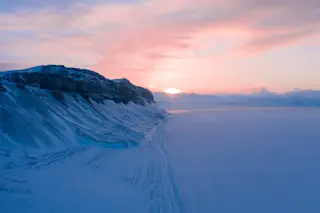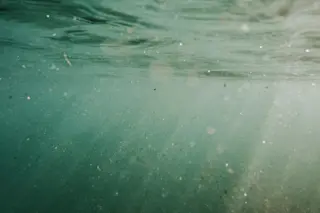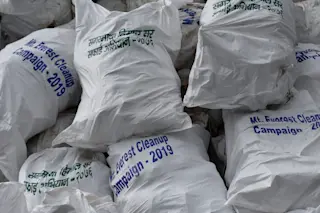When it snows in the Arctic, there’s another kind of flake drifting down alongside the ice crystals. Tiny bits of degraded plastic, commonly called microplastics, have been found swirling among the snow in otherwise pristine Arctic environments.
Microplastic pollution has previously been found everywhere from city streets to the deep seafloor and remote, uninhabited islands. Researchers say the find may explain why previous studies found microplastics in Arctic sea ice and the deep sea.
In the last few years, Bergmann and colleagues have discovered huge quantities of microplastics in the Arctic. They found as much as 12,000 bits of plastic in a liter of melted sea ice – the volume of a typical Nalgene water bottle – and more than 3,000 particles in a pound of deep-sea sediments. The find was disconcerting. But not just because it was more evidence that plastic pollution has infiltrated nearly every environment on Earth. ...














